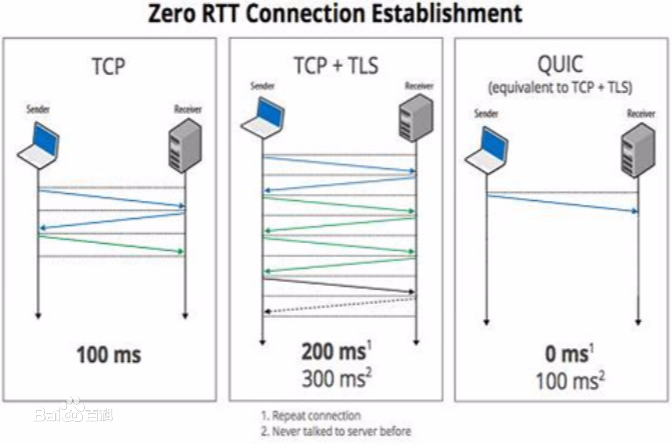Over the past few of years, we have witnessed increasing interests in the use cases of multi-path QUIC from both industry and academia. For example, Alibaba deployed XLINK, a QoE-driven multi-path QUIC solution, in Taobao short video and showed benefits in both reduced tail latency and video re-buffering. For the time being, the multi-path QUIC protocol is in the process of standardization at the IETF QUIC working group, with the draft recently updated to version 02. The focus of the draft is to provide basic guidance on the implementation so that we can encourage more exploration, testing, and finally, an accelerated adoption of this technology. However, draft-02 has brought up an open issue on whether the multi-path QUIC should be implemented using single packet number space (SPNS) or multiple packet number space (MPNS), as in the current draft, both options co-exist. Knowing that one cannot draw a solid conclusion without experiments, we implement both SPNS and MPNS at Alibaba and measured their performance. The goal is to help the community better understand the implication, and we hope this report can be a useful resource for engineers and researchers who are interested in deploying multi-path QUIC.
翻译:过去几年来,我们目睹了产业界和学术界对多路 QUIC使用多路 QUIC案件的兴趣日益浓厚,例如,Alibaba在道保短视频中部署了XLINK,这是QoE驱动的多路 QUIC解决方案,在Taobao短片中展示了减少尾部悬浮和视频再缓冲的好处。目前,多路 QUIC协议正在IETF QUIC工作组的标准化过程中,其草案最近更新为02版。草案的重点是提供实施方面的基本指导,以便我们能够鼓励更多探索、测试并最终加速采用这一技术。然而,第02号草案提出了一个开放的问题,即多路 QUIC是否应该像目前的草案那样使用单一包号空间(SPNS)或多个包号空间(MPNS)来实施,这两个选项都存在。认识到不进行实验就无法得出一个扎实的结论,因此我们在Alibaba实施SPNS和MPNS,并衡量其绩效。但是,关于多路委是否应该使用单一组合号空间,我们有兴趣的研究人员可以更好地理解。




